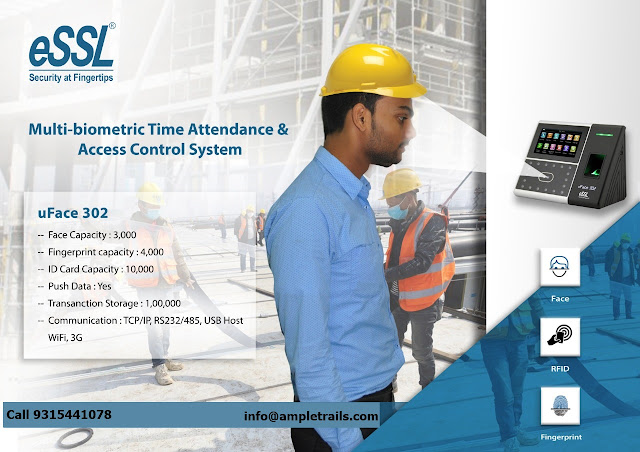Access Control and Time Tracking with RFID
Access control and time tracking with RFID technology is becoming an increasingly popular solution in the modern workplace. RFID, which stands for Radio-Frequency Identification, uses radio waves to communicate between a reader and a tag or card that is carried by an employee. The tag or card contains a unique identification number that is used to authenticate the employee and grant or deny access to certain areas.
One of the main advantages of using RFID technology for access control and time tracking is its convenience and ease of use. RFID tags and cards do not require physical contact with the reader, making it easy for employees to clock in and out or gain access to restricted areas. This eliminates the need for manual timekeeping or key-based access control, which can save time and reduce errors.
Another advantage of RFID-based systems is their security. RFID tags and cards can be encoded with unique identification numbers that cannot be replicated, making it difficult for unauthorized individuals to gain access to restricted areas or clock in and out as someone else. This helps to prevent time fraud and ensure that all employees are paid for the hours they have worked.
In addition to time tracking and access control, RFID-based systems can also be used for other purposes such as inventory management, tracking the movement of goods and assets within a facility, or monitoring the location of employees in real-time, which can help to improve safety and security.
Moreover, RFID-based systems can also be integrated with other software systems, such as HR, payroll, or scheduling software, which can automate the process of calculating employee hours and generating payroll. This makes it easy for businesses to manage their workforce and ensure that all employees are paid accurately and on time.
One important aspect to consider when implementing RFID-based systems is the cost. Although the initial investment may be higher than other solutions, RFID-based systems can provide long-term cost savings by reducing errors and increasing efficiency.
RFID technology is constantly evolving, therefore, it is essential to choose a system that can be easily upgraded to take advantage of new features and capabilities. Additionally, it is important to select a vendor who can provide ongoing technical support and training.
In conclusion, RFID-based access control and time tracking systems are a convenient and secure way to manage employee time and attendance and control access to restricted areas. As RFID technology continues to evolve, we can expect to see even more advanced solutions emerging in the future. Businesses must weigh the costs and benefits of RFID-based systems and choose the solution that best suits their needs.

